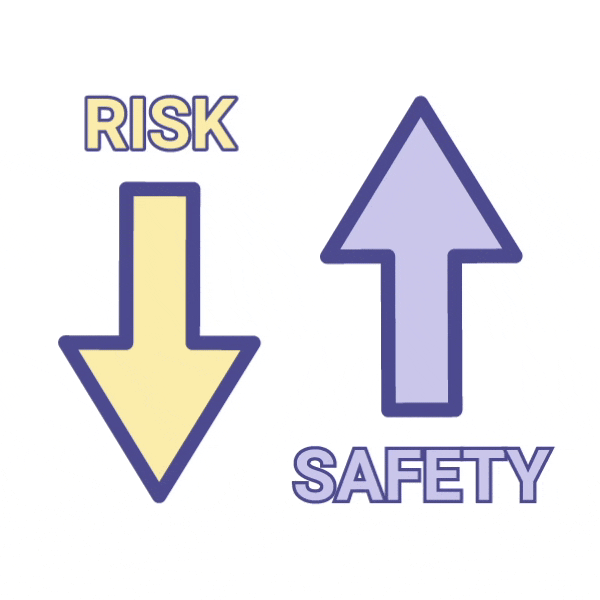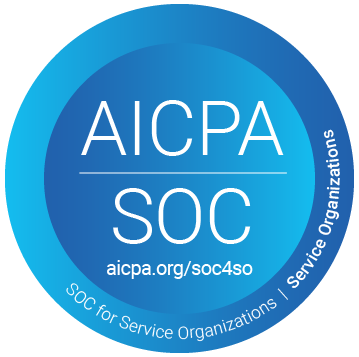Learn the Difference Between Safety & Risk Management in Five Minutes or Less
Understanding the difference between safety and risk management is imperative for your business’s success. To understand the difference between the two, it’s important to first understand the difference between a hazard and a risk.
The terms hazard and risk are sometimes used in place of one another; however, they do not have the same meaning and pertain to different job functions when it comes to safety and risk management.
Let’s start by defining what hazards and risks are and then get into explaining the difference between safety and risk management.
A Simple Definition of Hazard & Risk
Hazard: Something that causes harm to humans, property, or the environment. For example, this can include chemicals, exposed wires, mold, etc.
Risk: The chance that exposure to a hazard will cause harm or damage. For example, are the chemicals you are exposed to dangerous? Are the exposed wires covered by protective covering, or are they exposed? Is there mold, or is there a chance of mold?
To differentiate between the two, remember a hazard is something present in the workplace, and risk is the chance that the hazard will cause harm.
Now that you understand the difference between a hazard and a risk let’s investigate what safety and risk management are and the difference between the two.
Defining Safety & Risk Management
Safety Management: A management system tasked with developing ways to make sure hazards are not present in the workplace, and if they are, how to remove them.
Risk Management: A management system in which the likeliness of hazards causing harm are assessed, and plans are put in place to prevent the hazard from happening. This includes making sure there’s coverage in place to cover the costs of these events in case they occur.
What is the Difference Between Safety & Risk Management?
The biggest and most notable difference between safety and risk management is the money involved.
Risk management takes an approach that investigates where the money to pay for a loss will come from if a loss were to occur. On the other hand, safety management investigates the cost of the loss, and the cost to remove the loss.
Another difference between the two fields is the types of cases they work on. Safety managers don’t work on cases of sexual harassment, financial risks, discrimination, behavioral issues, or reputation damage. These are all things a risk manager works toward mitigating.
An effective way to think about the relationship between safety and risk management is through an inverse relationship. For example, as safety goes up, the risk goes down; and as safety goes down, the risk goes up.

Managing Your Risk Management Program
With SmartCompliance, you can easily manage your risk management program. The cloud-based software allows you and your vendors to upload certificates of insurance (COIs) to ensure compliance is met for all projects.
Interested in learning more? Download this free guide to learn 9 ways you can improve your COI response rates!


